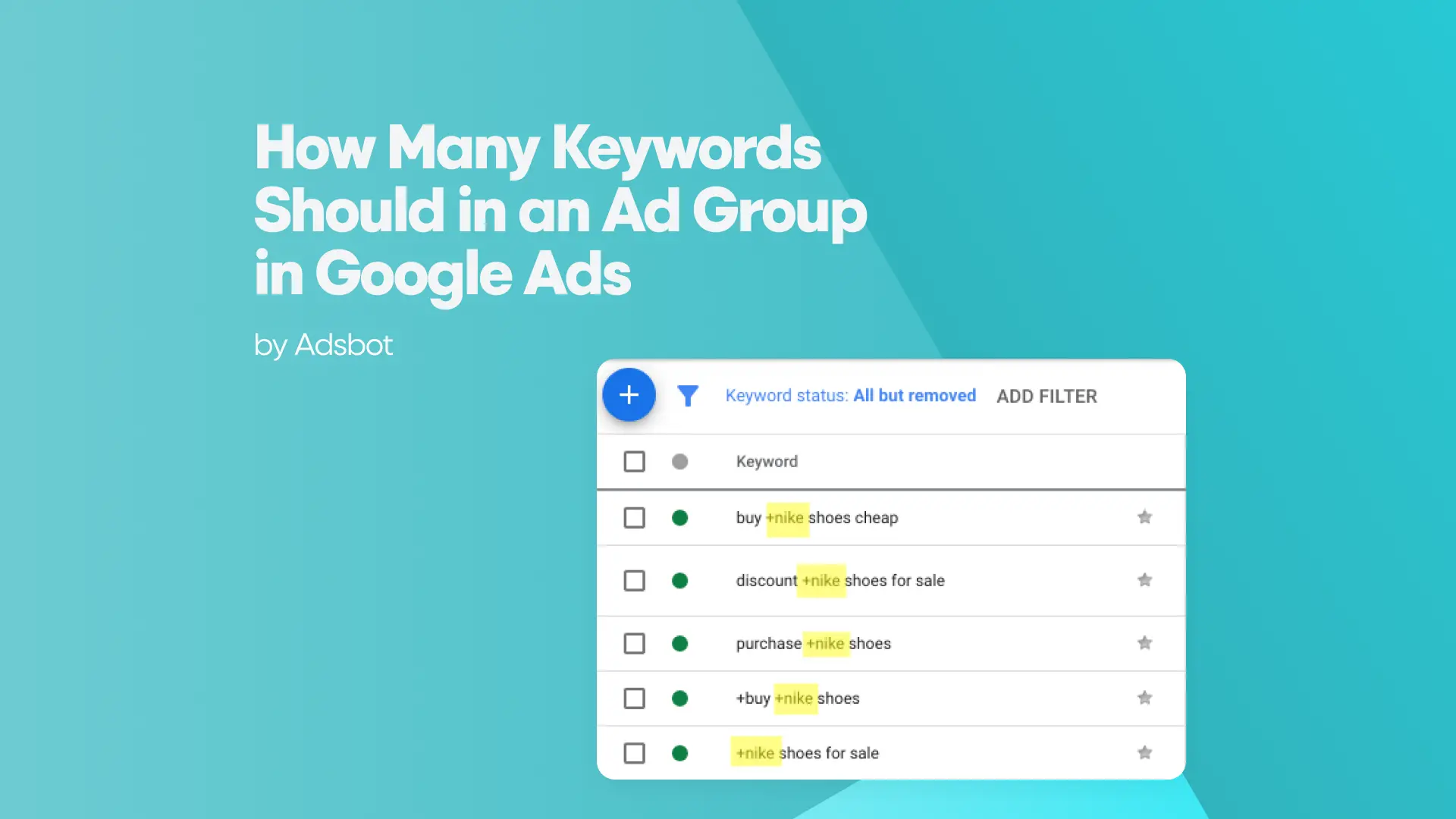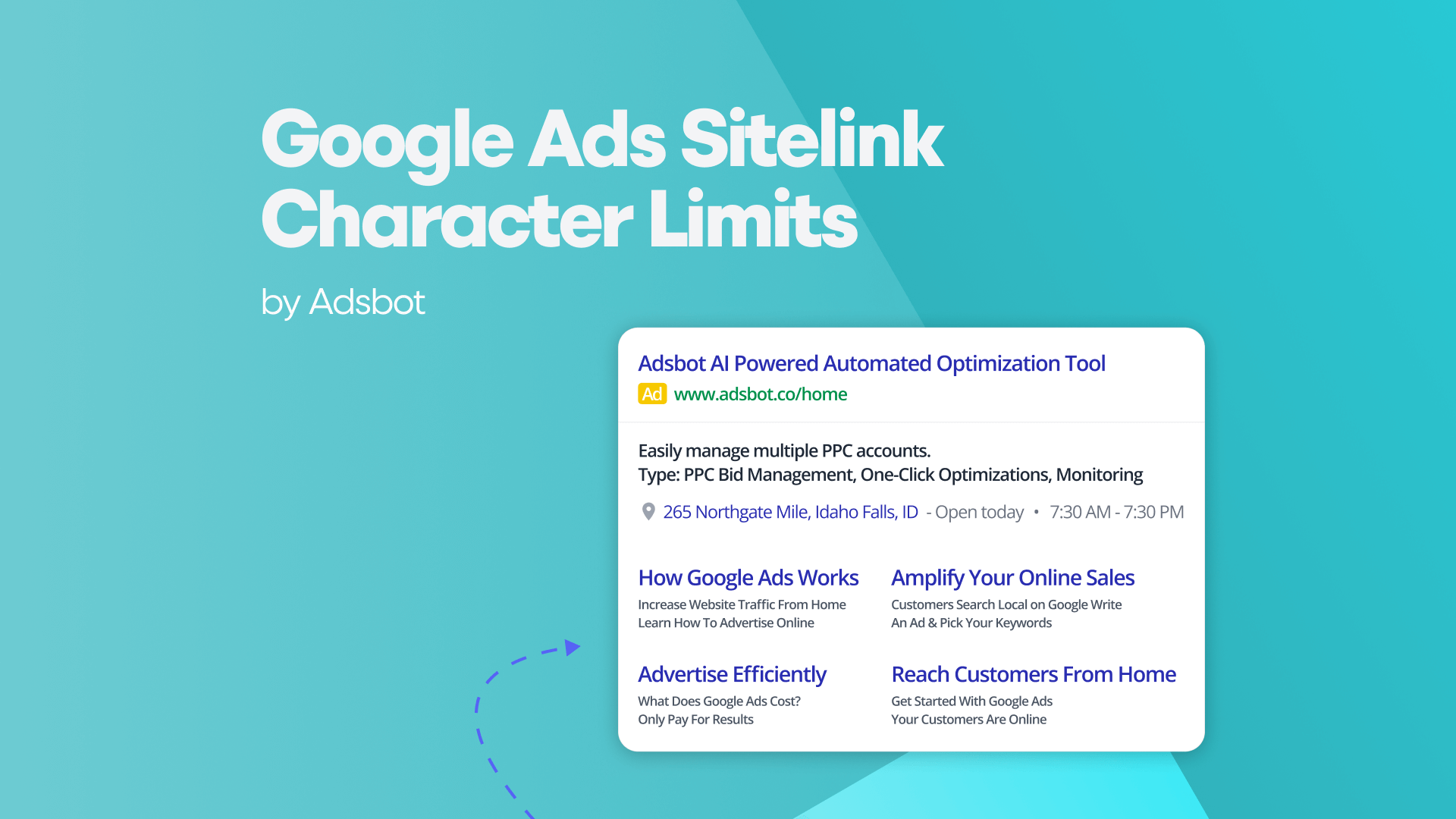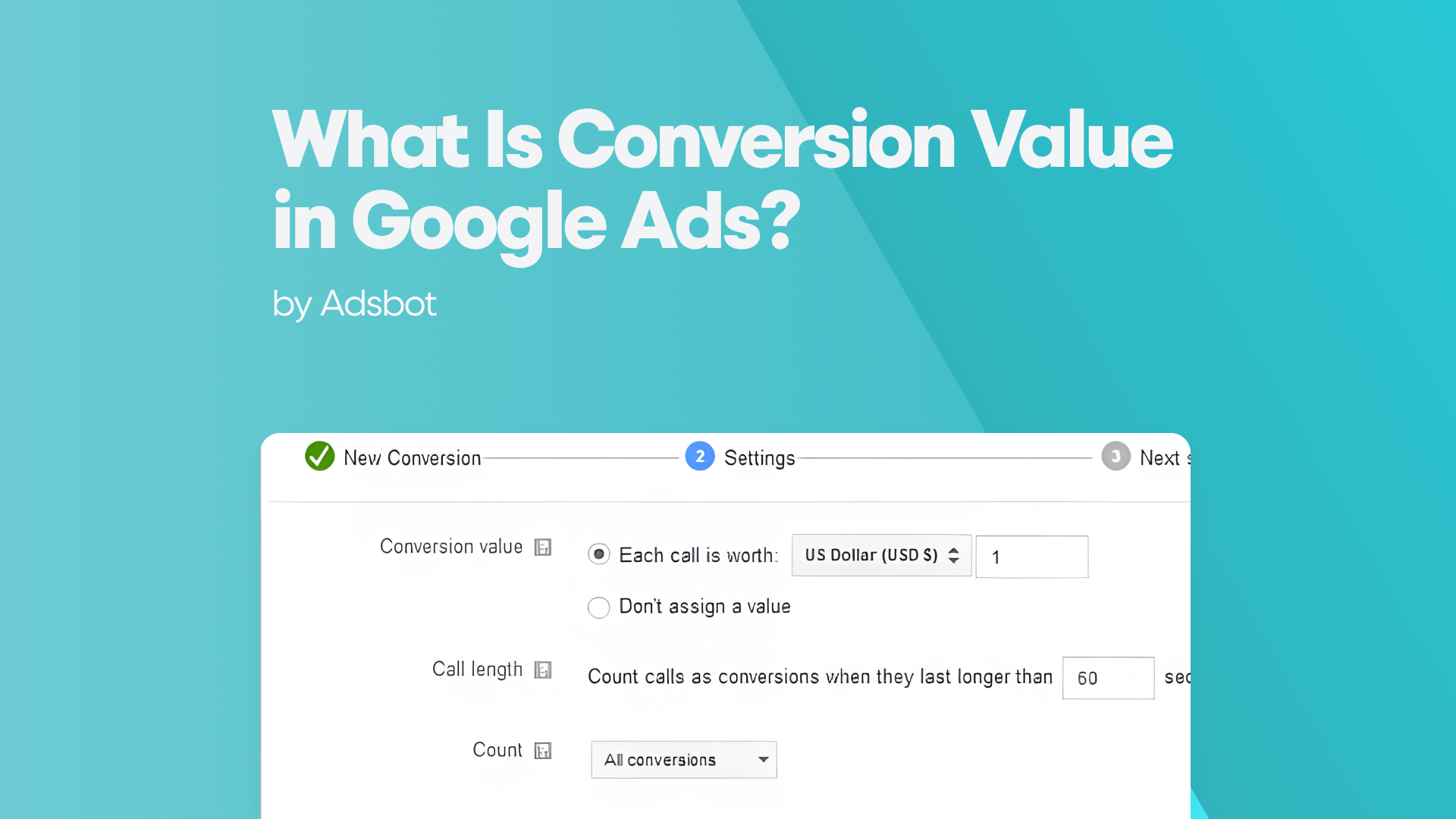In the world of Google Ads, choosing the right keywords is a critical step to driving traffic and generating conversions. One of the most commonly used match types in Google Ads is broad match keywords, which can significantly impact your ad performance and campaign reach. Broad match keywords are highly versatile, but they come with both advantages and challenges. In this article, we’ll explore the ins and outs of broad match keywords, including how to test them, manage negative keywords, and optimize them for better results.
Broad Match Keywords
Broad match keywords are the default match type in Google Ads. When you choose a broad match keyword, your ads can appear for searches that include any variations of that keyword, such as synonyms, related searches, and even misspellings. This match type offers the widest reach and the most impressions, making it a valuable option for many advertisers.
For example, if you use the keyword “running shoes” as a broad match, your ads could appear for searches like “best shoes for running,” “buy running sneakers,” or even “sports footwear.” This is because broad match keywords allow Google to interpret variations that might be relevant to the user’s search intent.
The main benefit of broad match keywords is that they allow you to cast a wide net and potentially reach new customers who might not have searched for your exact keyword. However, they also have the potential to bring in irrelevant traffic if not properly managed.
How to Go About Testing Broad Match Keywords
Testing broad match keywords effectively is key to understanding their impact on your Google Ads performance. Since broad match keywords trigger ads for a wide range of search queries, it’s important to test them to see if they’re driving relevant traffic and converting well.
Here’s how to go about testing broad match keywords:
1. Start with a Small Budget
Initially, use a small budget to test broad match keywords. This will help you manage your ad spend while you evaluate which broad match terms are bringing in high-quality traffic.
2. Use Conversion Tracking
Ensure you have conversion tracking set up in your Google Ads account. This will allow you to monitor whether visitors from broad match keywords are taking the desired actions on your site, such as making a purchase, filling out a contact form, or signing up for a newsletter.
3. Monitor Performance Metrics
Focus on key metrics such as click-through rate (CTR), conversion rate, cost per acquisition (CPA), and return on ad spend (ROAS). These will help you determine if the broad match keywords are bringing in quality traffic that converts. If the conversion rate is low, it may indicate that the traffic from broad match keywords isn’t relevant to your business.
4. Evaluate Search Terms Report
Google Ads provides a Search Terms Report, which shows you the actual queries that triggered your broad match ads. Regularly review this report to identify irrelevant search queries. If you notice patterns of irrelevant traffic, you can take action by adding negative keywords to filter them out.
5. Refine Your Keyword List
As you monitor the results, you can refine your keyword list by adjusting your match types or even adding additional broad match keywords based on the queries that lead to the most conversions.
6. Test Different Ad Copy
Along with testing your broad match keywords, ensure that your ad copy is compelling and relevant to a wide variety of search queries. Broad match keywords often bring in users with different search intents, so your ad copy must be versatile enough to address a range of customer needs.
By testing broad match keywords in this methodical way, you can determine whether they’re the right choice for your campaigns and whether they’re bringing in the traffic you need for success.
Broad Match Negative Keywords Google Ads
While broad match keywords offer a broad reach, they also carry the risk of triggering ads for irrelevant searches. To prevent wasting ad spend on irrelevant traffic, broad match negative keywords play a crucial role in filtering out unwanted impressions.
A negative keyword is a word or phrase that prevents your ad from showing up when that keyword is present in a search query. For instance, if you sell high-end running shoes and don’t want your ads showing up for searches like “cheap running shoes,” you could add “cheap” as a negative keyword.
Here’s how to use broad match negative keywords effectively:
1. Identify Irrelevant Search Queries
Start by analyzing your Search Terms Report to identify terms that are triggering your ads but aren’t relevant to your business. These irrelevant search terms may not necessarily be a direct match to your keywords, but could still result in wasted clicks.
2. Add Negative Keywords to Filter Traffic
Once you identify irrelevant terms, you can add them as negative keywords to your campaign. This will prevent your ads from showing up for those queries in the future, reducing wasted ad spend and improving your overall campaign efficiency.
3. Use Negative Keyword Lists
Google Ads allows you to create negative keyword lists that can be applied to multiple campaigns. This is especially useful for large accounts where certain irrelevant terms might affect several campaigns.
4. Refine Negative Keywords Regularly
The process of adding negative keywords is ongoing. As your campaigns evolve and new search queries emerge, regularly update your negative keyword list to ensure that your ads aren’t triggered by irrelevant traffic.
By using broad match negative keywords strategically, you can improve the precision of your broad match campaigns and make sure your ads only appear for searches that are highly relevant to your business.
Broad Match Keyword Tool
A broad match keyword tool can be a useful resource for identifying potential broad match keywords and understanding how they might perform in Google Ads. These tools help you discover relevant keywords and estimate the volume of searches they may generate.
Here are a few ways to leverage a broad match keyword tool:
- Keyword Planner Tool: Google Ads’ Keyword Planner tool is a valuable resource for discovering new broad match keywords. It shows search volume, competition, and suggested bid prices for different keywords, allowing you to identify which broad match keywords are likely to generate high impressions.
- Third-Party Tools: There are also third-party tools like SEMrush, Ahrefs, and Ubersuggest that can help you find additional keyword ideas. These tools can provide insights into what’s working for your competitors, allowing you to adjust your strategy accordingly.
- Monitor Keyword Trends: Use these tools to track keyword trends and see if certain broad match keywords are gaining popularity. This can help you stay ahead of your competitors and target emerging trends with minimal effort.
By leveraging broad match keyword tools, you can gain valuable insights into keyword performance and ensure that your campaigns are optimized for maximum reach.
Broad Match Keywords Have the Most Potential for High Impressions
One of the key benefits of broad match keywords is their potential for high impressions. Because they can trigger your ads for a wide variety of search queries, broad match keywords have the ability to reach a large audience. This makes them an excellent choice if you want to maximize exposure for your products or services.
However, high impressions don’t necessarily translate into conversions. Broad match keywords should be tested and refined to ensure that they’re not only driving traffic but also attracting the right kind of users. If you’re getting a lot of impressions but low conversions, consider refining your keyword strategy and using more targeted match types like phrase match or exact match.
Use Broad Match Keywords for Your Entire Campaign
While broad match keywords are useful for driving high impressions, using them for your entire campaign may not always be the best strategy. It’s important to strike a balance between broad match and more targeted match types to ensure that your ads reach the right audience without overspending.
Here’s how to use broad match keywords in your entire campaign:
- Start with Broad Match Keywords for Exploration: Use broad match keywords in the early stages of your campaign to explore a wide range of search queries and identify opportunities. Once you understand which keywords are driving the most relevant traffic, you can transition to more specific match types.
- Combine with Other Match Types: Use a combination of broad match and other match types, such as phrase match or exact match, to refine your targeting. This allows you to reach a large audience while also ensuring that you’re attracting users who are more likely to convert.
- Use Broad Match with Smart Bidding: If you use broad match keywords, consider using smart bidding strategies like Target CPA or Target ROAS. Google’s machine learning can help optimize your bids to achieve the best results with broad match keywords.
By using broad match keywords strategically across your campaign, you can ensure that you’re reaching a wide audience while still targeting relevant search queries.
Broad match keywords can be a powerful tool for driving traffic and generating impressions in Google Ads. However, they require careful testing and optimization to ensure they’re delivering relevant, high-quality traffic. By leveraging broad match negative keywords, using a broad match keyword tool, and refining your targeting strategy, you can maximize the potential of broad match keywords while keeping your ad spend under control. With the right approach, broad match keywords can help you achieve significant reach and improve your Google Ads campaign performance.
Popular Posts
-
How Many Keywords Should Be In an Ad Group in Google Ads?
Ever wondered if your Google Ads campaigns are packed with…
Read more -
Google Ads Script for Dummies: An Introduction
Imagine you have an e-commerce website that sells licensed superhero…
Read more -
Google Ads Sitelink Character Limits
Your Google Ads are cutting off in the middle of…
Read more -
What Is Conversion Value in Google Ads?
What if you could put a price tag on every…
Read more
Register for our Free 14-day Trial now!
No credit card required, cancel anytime.





